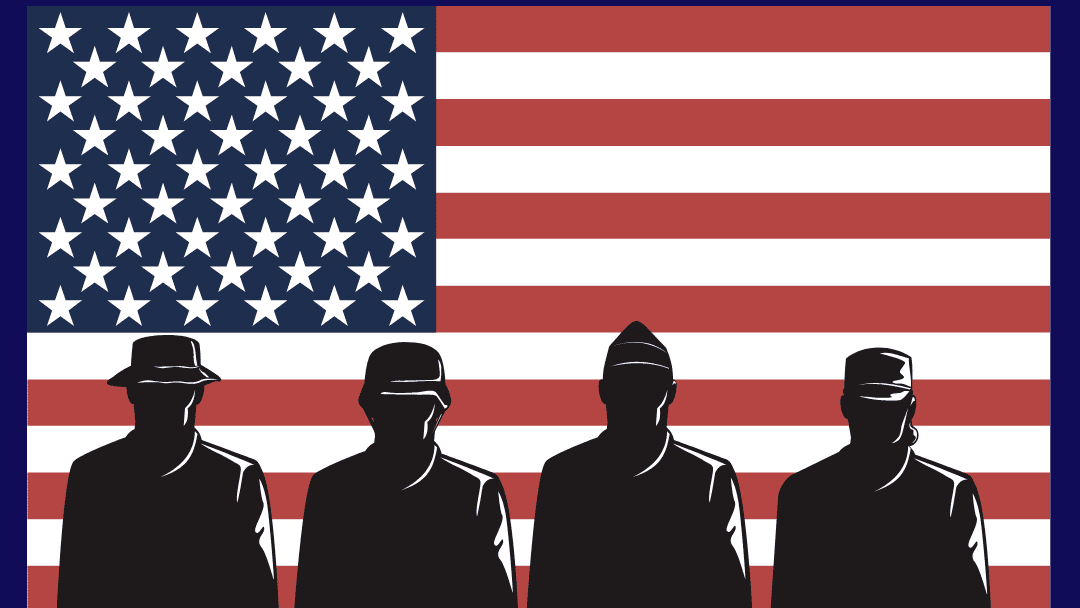Understanding Eligibility for Federal Jobs
To optimize your job hunt, it’s important to understand how candidates are evaluated. All federal jobs typically require U.S. citizenship, but the nuances lie in the specifics of each posting – e.g., duties, conditions of employment, qualifications, how you will be evaluated, etc. Here’s a breakdown of what you should consider:
1. Direct Hire Positions: These roles allow agencies to recruit directly, bypassing the veterans’ preference. The Bipartisan Infrastructure Deal majorly funds such roles, particularly in fields like cybersecurity, STEM, veterinary services, and contract specializations. Always scrutinize the job details to discern if it falls under direct hire.
2. Excepted Service Positions: These roles deviate from the standard hiring process due to their unique agency-based requirements. Examples include roles within the Intelligence Community, the Federal Bureau of Investigation (FBI), certain financial regulatory agencies, and specific positions within the Federal Emergency Management Agency (FEMA). Additionally, the legislative branch, including entities like the Library of Congress and the Government Accountability Office, also falls under this category, as does every role within the Senior Executive Service (SES).
3. Non-Competitive Appointments: Some candidates might be eligible for positions based on certain considerations, making their appointment process distinct. This includes:
- Former Peace Corps or AmeriCorps volunteers
- Military spouses
- Individuals with disabilities
- Selected veterans
- Graduates from certain academic programs
Federal employment offers a wide variety of career opportunities. However, navigating it requires due diligence. Always pay particular attention to details within the job announcement, and when in doubt, don’t hesitate to reach out to the Agency human resource contact at the end of the job posting for clarity.
Initiating Your Job Hunt
Additional information on how to navigate the federal hiring process can be found at USAJOBS. If you’re just setting out on your job-seeking journey or need additional insights, visit https://www.usajobs.gov/help/ for guidance.
This post was written by Nancy Segal in collaboration with Federal Career Connection, Inc., an independently organized educational nonprofit organization who are grounded in community service and commitment to helping individuals in career transition. Learn more about the partnership by clicking here!






